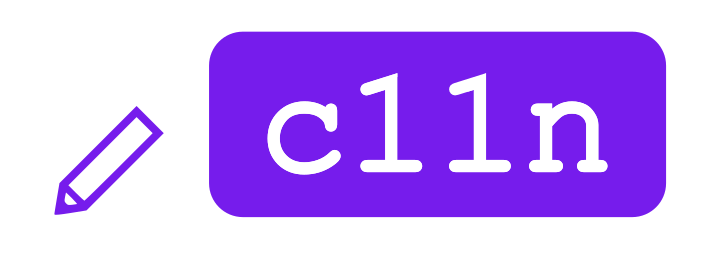At its core, open-source technology operates on the principle that what benefits one individual serves the collective good of all and vice versa. This radical and community-oriented approach to development underscores the critical importance of designer contributions, recognizing that good inclusive design is essential for achieving truly exceptional outcomes.
Open Source thrives on the active participation of diverse contributors, including designers who bring unique perspectives and skill sets to the table. While developers play a pivotal role in coding and functionality, designers contribute equally essential elements such as user experience, interface aesthetics, and accessibility. By integrating designers into the process, creators can ensure that their products not only function effectively but also resonate with users on a deeper level. The collaborative alliance between designers and developers is indispensable for producing final products that are both useful and impactful.
Now, let’s be honest, Open Source hasn’t traditionally been a safe haven for design and I back the thesis that we could soon be running out of time to stay relevant as a technosocial movement if we don’t make design and designers an integral part of Open Source.
One notable example of bridging the gap between design and engineering within the open-source community is Canonical's initiative to involve designers more directly in the development process. I recently had the pleasure of sharing a dinner with Hans Gerwitz, Head of Design at Canonical, and their efforts to create a bigger tent for designers continue to give me optimism for the future.
This strategic move signals a shift towards a more integrated approach where designers and developers work side by side, leveraging their respective expertise to create superior products. As organizations increasingly recognize the value of cohesive design-engineering collaboration, platforms like Penpot and others are emerging as indispensable tools.
When I say “shift” I really mean it. Thanks to my privileged vantage point, I’m witnessing a few serious attempts to finally crack “the design contribution challenge” in Open Source. In the meantime, we need to continue to be brutally honest about the systemic design deficit in Open Source. I had the pleasure to discuss this very topic with Eriol Fox (Superbloom) and Nimisha Vijay (Nextcloud) during my latest Penpot Open Chat podcast “Designing for Open Source” where we discussed the findings of their recently published research “Designers in OSS”.
Open Source embodies a broader ethos of cooperation and mutual benefit but we need to make sure that new voices and perspectives become co-protagonists that can lead us beyond a developer-centric world. The best is yet to come!
The Secret to Successful Development? Designers
In today’s digital landscape, Open Source stands as more than just a licensing model; it embodies an ethos that champions collaboration, transparency, and community-driven innovation.
